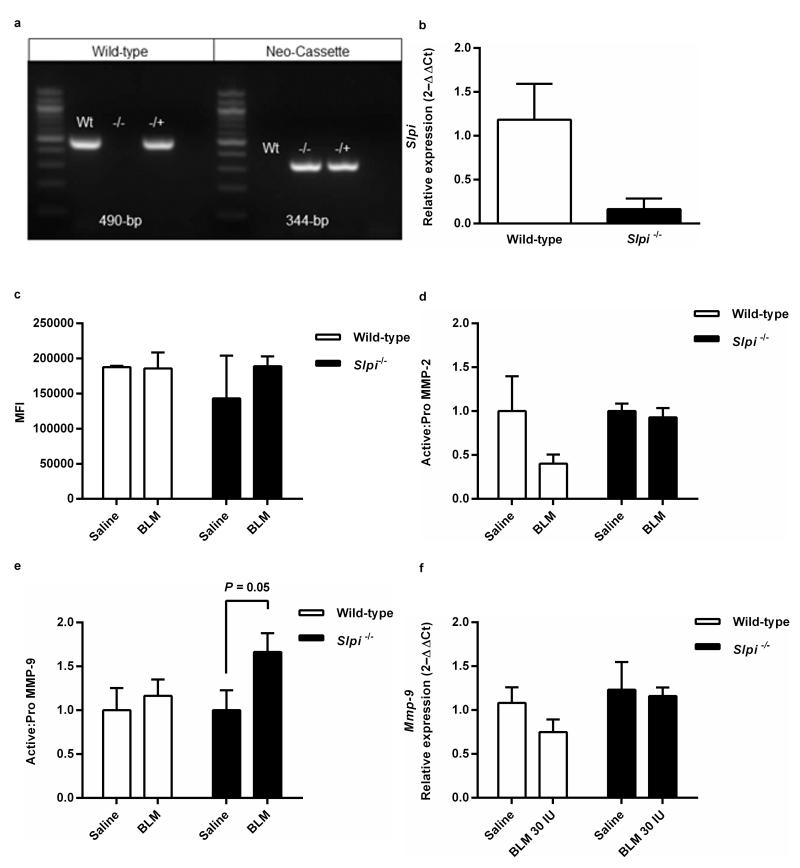Figure 1. Slpi−/− mice do not express Slpi mRNA and have enhanced MMP-9 activity in the lung.
(a) PCR confirmation of presence of wild-type 490-bp fragment and absence of Neo-cassette fragment 344-bp in wild-type animals (Wt) and absence of wild-type fragment and presence of Neo-cassette in Slpi−/− animals (−/−). Both wild-type and Neo-cassette fragments were present in heterozygous animal (−/+). (b) Slpi gene expression in lung homogenates from wild-type and Slpi−/− animals. Data expressed as mean relative expression (ΔΔCt) ± SEM; n = 3. (c) Neutrophil elastase activity was assessed in lung homogenate 28 days post-bleomycin treatment. Data expressed as mean fluorescence intensity (MFI) ± SEM; n ≥ 2. (d) Ratio of pro and active forms of MMP-2 in BAL supernatant from wild-type and Slpi−/− mice and (e) Ratio of pro and active forms of MMP-9 in BAL supernatant from wild-type and Slpi−/− mice. Mean ± SEM; n = 8. (f) Mmp-9 mRNA levels in lung homogenates 28 days post-bleomycin (BLM). Data expressed as mean relative expression (ΔΔCt) ± SEM; n = 8.

